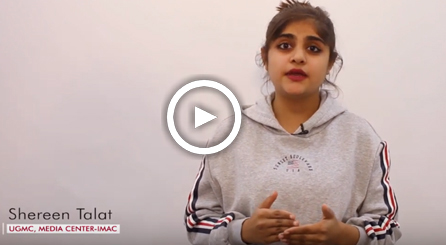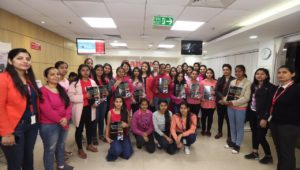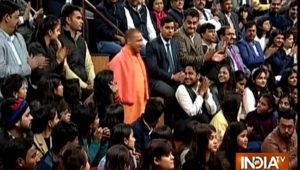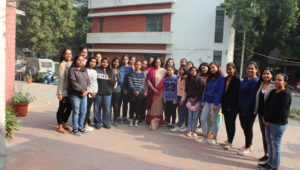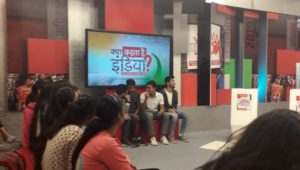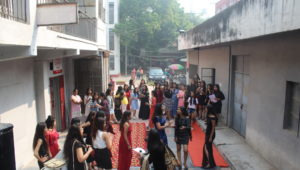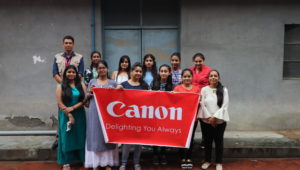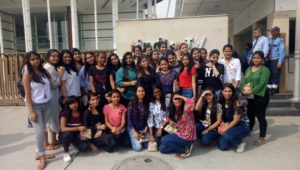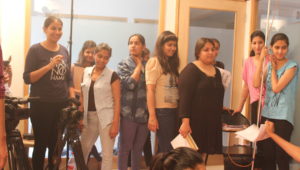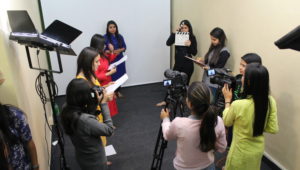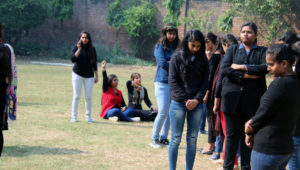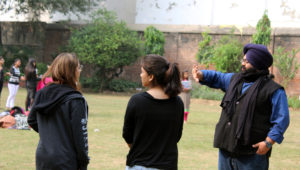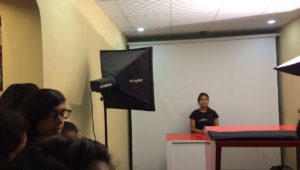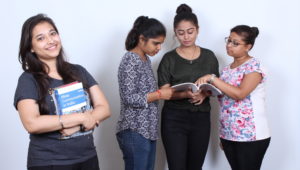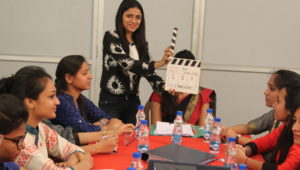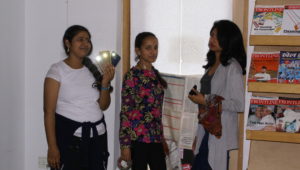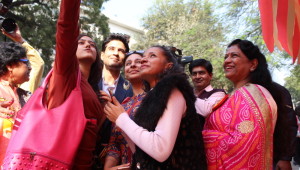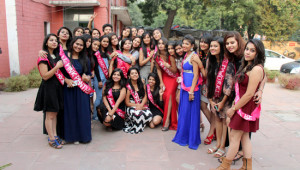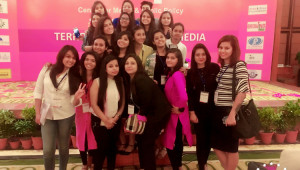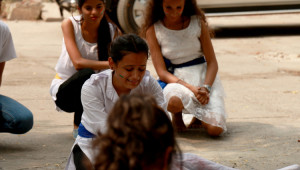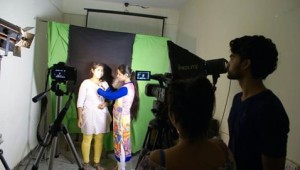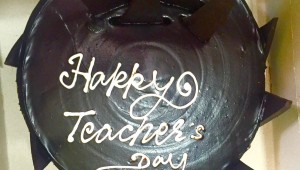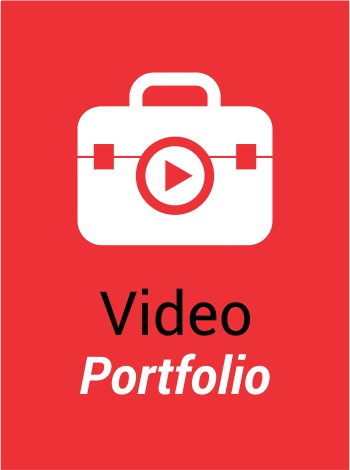Most of the definitions provided in this section were compiled from the press association, Reporters’ Companion, Mencher (2010), online searches and media related dictionaries.
Add: Additional news matter to a story already written or is about to be written.
Assignment: An order to a reporter to cover an event. Assignment is the day’s job given to a reporter to cover by his or her News Editor or direct boss.
Attribution: The identification of the person being quoted in the reporter’s story. You only attribute a story to a source if he or she gives such information on record.
Actuality: This is an on-the-scene report in broadcasting.
Air time: The time at which a programme is broadcast.
Audio: Sound
Background: Information that may be used by a writer entirely on his own responsibility and cannot be attributed even to a “reliable source”. The reporter can only use information given on background on his or her own risk.
Banner: Headlines written across or near the top of most Newspaper page. It is also called a Streamer or Streaming headline.
Beat: Area assigned to a reporter for regular coverage. A beat could be a place or a subject. Example: State House Correspondent has the State House as his/her beat while Energy Correspondent has issues related to
energy as his or her beat. In the US, beat could also be regarded as an exclusive story.
Break: This is when a news development becomes known and available.
Beeper: A telephone conversation or interview recorded for later playback on air.
Body type: The type in which most of the newspaper is set, usually 8- or 9-point type.
Bulletin: News of the day as presented in each of the media organizations.
By line: The author of a story or the name of the reporter who wrote a particular story.
Bulldog: Early edition, usually the first of a newspaper’s edition for the day.
Caption: Synonymous with cut line. It is the explanatory lines above or below a newspaper photograph, illustration or diagram.
Column: The vertical division of the news page which is usually divided into about five or more columns. It could also be regarded as a signed article of opinion or strong personal expression by an expert.
Copy: News story or report.
Copy Flow: This refers to the flow of a news story from the reporter to the news desk and to the editor who makes the final decision as to use the story or not.
CAR: Computer Assisted Reporting- the use of online databases and other related resources for the of a news story. Some refer to it as Database Journalism and others call it Precision Journalism.
Crony Journalism: This is a kind of reporting and coverage that ignores or treats lightly negative news of about friends and acquaintances.
Cue: A signal to an announcer, a newscaster or production personnel to participate in a broadcast.
Cutaway: The transition shot from them to another. It is used to avoid Jamb cut.
Deadline: Time by which a reporter, editor or desk must have completed scheduled work for the day.
Dateline: The name of the city or town and date, which are placed at the beginning of stories not of local origin.
Credit line: The line that designates, if necessary, the source of a story or cut “By NAN–News Agency of Nigeria”.
Dry: A period lacking in news. This is called a lull period.
Dub: The transfer of one videotape to another
Exclusive: A story that is printed solely by one newspaper or an individual. This could also be called a “scoop”
Edition: One version of a newspaper per day.
Editorial material: This means all materials in the newspaper that is advertising related.
Enterprise copy: This is a story often covered by a reporter. It is like a news story but digs deeper than the usual news story.
Establishing shot: This is a wide shot used to give the viewer a sense of the scene of action.
Fade: Either physical or mechanical lowering of a voice or music to smooth a transition between sounds
File: To send a story to office usually by wire or telephone or to put news services on the wire.
Filler: Minor news materials used to fill up spaces in the newspaper. It is also called column closers and shorts.
Flag: This is the printed title of a newspaper on page 1. It is also called logotype or nameplate.
Folo: A story that follows up a particular theme in a news story format.
Freelance: An unattached writer, reporter, photojournalist or columnist who writes for a media organization for a fee.
Handout: Term for written publicity or special interest news sent to a newspaper firm.
HFR: Abbreviation for “hold for release” material that cannot be used until it is released by the source or at a designated time. It is also used to tag a story as “embargoed”.
Jump: This means continuation of a story from page one to another page.
Kill: To eliminate a news story or refuse to use it because it is not news worthy. This also means to spike a story.
Log: Schedule of broadcasting.
Masthead: The heading on the editorial page that gives information about the newspaper. This is sometimes confused with Flag or Nameplate.
Morgue: The newspaper library, where published stories photographs and resource materials are stored for reference purposes.
Mix: Combining two or more sound elements into one.
Montage: A series of brief shots of various subjects to give a single impression or communicate one idea.
News hole: Space in a newspaper allotted to news, illustrations and other non-advertising material.
O/C: On camera. A reporter delivering copy directly to the camera, without covering pictures.
Outtakes: Scenes that discarded for the final story.
Op-ed page: Abbreviation for the page opposite the editorial page.
Precede: A story written prior to an event. It could also be referred to as the section of a story preceding the lead.
Put to bed: Closing the forms of an edition.
Rewrite: To write a story a second time to make it better or to condense it.
Sacred cow: Slang for a subject or story in which the publishers or editors are interested and which must be printed.
Slug: The word or words placed on a copy to designate the story. This is usually placed in the top left hand corner of the page.
Stringer: A correspondent, not a regular staff member of the media organization, who is usually paid per story. Could be regarded as a freelancer.
Stet: Let it stand, restore
SOF: Sound on Film recorded simultaneously with the picture.
SOT: Sound on Tape. Recorded simultaneously with picture on tape
Split page: Front page of an inside section. Also known as the break page, second front page.
Text: Verbatim report of a speech or public statement.
Tip: Information passed to a reporter, often in confidence.
Trim: To reduce a news story carefully.
Update: This is a story that brings the reader up-to-date on a situation already in the news.
V/O: Reporter’s voice over pictures. Also called Voice-Over.
VTR: Videotape recording.
Wire services: This is a synonym for press agencies or news agencies. Media organizations usually subscribe to these agencies for news stories etc.
[This article is published by Media Center-IMAC in interest of student awareness and career guidance. Media Center-IMAC specializes in Post-Graduate/Under-Graduate diploma courses in Media Studies and Mass Communication & TV journalism. With practical oriented and industry specific course, Media Center- IMAC is a prominent institution in Delhi.
Our alumni have proven themselves in the media world and are currently working at prestigious media organizations and top news channels. Besides full time diploma courses, Media Center-IMAC also offers specialized certificate courses in TV reporting, Digital marketing, video editing, radio jockeying, photography and many more.
For more info, visit: http://www.mediacenterimac.com/
Or email at: mediacenterimac@gmail.com
Or call at: 011 43489010, 8076807939.]








